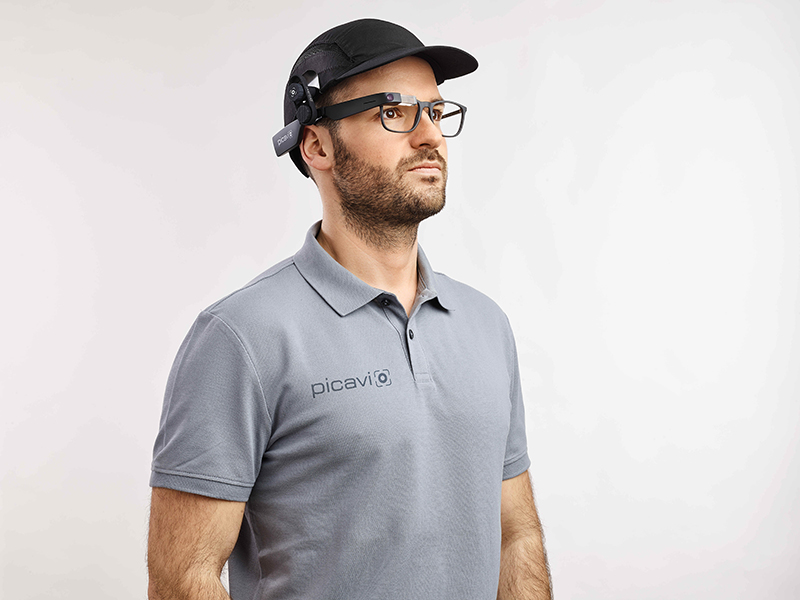Finding, training, keeping warehouse workers is described by human resource managers ranging from difficult to impossible. The average warehouse worker turnover
rate averages 100% every six months according to TeamBuilding.com. The irony is that 94% of those employees report they would have stayed longer if employers had helped them learn. It will not stop the hemorrhaging of warehouse workers, since one in four left to work at a job from home during COVID and wish to continue at-home-work. Professional development is an increasingly important factor in a career choice. Using Big Data, Data Mining, AI, and Digital Twins warehouses managers can demonstrate to employees a commitment to inspire engagement, safety,
and ergonomic well-being.

With more than half of all warehouse resignations avoidable, employers fail to ask employees about their future with the company. When providing process improvement data, such as productivity improvements and accurate picking with Google glasses, employees are able to quantify their achievements, improvements, and satisfaction levels. Until now, minus the data, the trend was to scold employees for mis-picks in a warehouse or picking too slowly. Fear of no-shows and new employees ghosting employers is a real concern. Data drives a sense of satisfaction and Google glasses (unlike pick-to-light) allows for data collection and irrefutable analysis.
It is a big shift into VaaS (vision as a service) and AI for warehouse distribution. This model ensures warehouse operations are paying for precisely the needed capacity, functionality for a specific time frame. In the VaaS agreement it is defined in what way extra needs or capacity are handled operationally and commercially. In warehousing one need only think of seasonality
concerns rather than capitalizing unneeded equipment when work fulfillment slows down.
Delivering composable smart manufacturing applications enables warehouse managers to scale deployments flexibly. Only with integrated warehouse systems’ capabilities, enterprise-level governance, and AI-based process optimization are these data now accessible. These data allow distribution centers to achieve Industry 4.0 smart operational goals of data-driven process optimization at enterprise scale. The combination of the connected worker and asset performance management applications only enhance established artificial intelligence capabilities.
Google glasses move beyond operational accuracy to a cloud-based IoT and AI platform that supports high-speed data utilization generating predictive and prescriptive recommendations and reporting for enabling increased productivity and throughput. Warehouse performance applications range from predictive maintenance and process health and optimization, extending the length of warehouse employee tenure.
AI-models collecting data via Google glasses are running system-level prognostics that collect thousands of data points which translate into multivariate models to capture deviations early eliminating downtime and poor picking performance. The top reasons why AI has not been utilized were due to uninformed warehouse staff and fear of technology implementation. Now those limitations have been readily addressed because lack of good data is simply unacceptable.
AI tools that can be easily integrated into warehouses and distribution centers deliver actionable insights. It is no longer possible to avoid these data. No longer can buttons red and green be sufficient to determine the efficacy and best-practices of operations directly impacted by an ever-changing supply chain, global variability, and fluctuating consumer demand. One may no longer be naïve and maintain the status quo. Data driven is a survival mechanism as warehouses clammer for space, workers, and availability of the right product at the right time. The years of lean manufacturing have migrated to every warehouse around the world.
The Author
Carsten Funke is the CEO of Picavi USA. He is a Global expert in the field of logistics processes using AR (augmented reality) concepts














